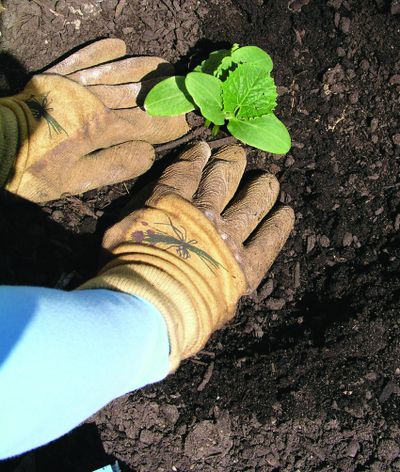Bunker Hill Superfund Site Q & A: Part 6

Q: If soil sample results show lead contamination on my property, does that mean my property is a part of the Superfund Site? Will my property always be considered “contaminated” if soil samples show high lead amounts?
A: Yes, properties with contaminated soils are in the Superfund Site, and so are properties that are within the Institutional Controls Program (ICP) Administrative Boundary. Yes, contamination will often be left below remediated surfaces; however, properties should not be encumbered with a “contamination” label if homeowners go through the yard sampling/remediation program, have a clean barrier installed and comply with the ICP. The ICP will document that your clean barrier has been maintained.
The Superfund Site does not have a described boundary because the site is defined as anywhere contaminants from old mining and ore-processing practices in the Coeur d’Alene Basin are found. The ICP Administrative Boundary, however, specifically describes the boundary where contamination is most likely. See last month’s article for more about the Administrative Boundary.
When necessary, remediation removes up to 12 inches of contaminated soil or covers the surface with clean gravel or asphalt. Many times contamination remains underneath this clean barrier. Clean barriers can easily become contaminated again if not properly managed. ICP permits for dirt-moving and renovation projects build records for sales or title loans that show properties are clean.
Q: Will a floodgate be installed on the Rose Creek Culvert near Rose Lake?
A: DEQ and the Basin Environmental Improvement Project Commission (BEIPC) are installing a new flood control gate on the new Rose Creek Culvert. The original Rose Creek culvert under the Highway-3 levee was installed in the 1930s. Nearby landowners historically operated a flood control gate to hold back Coeur d’Alene River floodwaters. When the culvert failed last season, the new culvert would not accept the old floodgate. DEQ agreed to provide a new floodgate if the local residents, as part of the Rose Lake Water Association, would operate and maintain it. DEQ and BEIPC were able to provide the gate because it prevents Coeur d’Alene River lead sediment from being transported up through Rose Creek.
How are we doing? We appreciate that you would take a moment to give feedback on the “SST Articles.” I also welcome your SST questions. Write to Denna Grangaard: denna.grangaard@deq.idaho.gov, click on “Ask Us” at our website: www.deq.idaho.gov/bunkerhillsuperfundsite, or stop by the DEQ Office, 1005 W. McKinley Ave., (208) 783-5781.